Fewer Moves, Deeper Reach — Answering Plasticity, Diversity, and State Shifts
This closing chapter weaves the series into design principles that tackle GBM’s plasticity (OPC/AC/MES transitions), intratumoral diversity, and therapy-driven state shifts. The goal: a minimal set of moves that reaches maximal depth.
What We’ve Learned (Lightning Recap)
Seed (pre-CC)
- Early alterations shared with the mass (e.g., 7+/10−).
- Suppress seeds early to slow relapse dynamics.
Niche (Microenvironment)
- “Sparks” like MIF–CD74 shape suppressive tones.
- ECM, vasculature, myeloid cells set the stage.
Mobility × Plasticity
- ECM/adhesion/tracts enable spread.
- OPC/AC/MES shifts blunt single agents.
Principles: Minimal Moves, Deeper Reach
- Small but sufficient set: cover seed + niche + growth + mobility without redundancy.
- Order & timing: hit transition windows (e.g., cool the niche → brake cell cycle → limit invasion).
- Make it reach: overcome BBB and concentrate effects locally.
- Composite Dx: tune who/when/what via imaging × transcriptome × CNV.
A Minimal, Sufficient Set (Design Frame)
| Axis | Intent | Modality Thinking |
|---|---|---|
| Seed (pre-CC) | Early curb on relapse | Early systemic/local touches; block “soil for seeding” |
| Niche | Extinguish “sparks”; lift immunity | Myeloid tuning, suppressive cytokine brakes, niche optimization |
| Growth (OPC-like) | Cell-cycle braking | Radiosensitizing cycle control; time-boxed intensification |
| Mobility (MES-like) | Narrow routes, slow spread | ECM/adhesion/morphology controls; tract-aware tactics |
| Delivery | Maximize local concentration | Convection, image-guided routes, selectively triggered local reactions |
For concrete agents/devices, see Part 7; for selection, see Part 6.
Sequencing Archetypes
1) Cool → Brake → Contain
- Cool the niche first (myeloid/spark).
- Apply cell-cycle brakes to the mass.
- Contain with anti-invasion and delivery boosts.
2) Short, Multinode Burst
- Light-weight, simultaneous coverage of four nodes.
- Pre-empt plasticity’s escape channels.
3) Local-First Concentration
- Front-load a locally concentrated effect.
- Layer gentle niche/growth controls afterward.
Scenario Tuning (Composite Dx → Plan)
| Composite Profile | Priority | Hint |
|---|---|---|
| OPC-skew + 7+/10− + EGFR activity | Growth > Niche = Delivery > Mobility | Cool niche, then stronger cell-cycle; add local concentration |
| MES-skew with tract-aligned spread (DTI) | Mobility > Niche > Growth = Delivery | ECM/adhesion first, tract-aware tactics + local routes |
| High pre-CC + SVZ adjacency | Seed > Niche > Delivery > Growth | Early seed+niche control; minimally invasive local add-ons |
Looking Ahead
- Real-time state tracking to catch OPC↔MES tilts on short timescales.
- Lean personalization via a minimal, sufficient panel to shrink center-to-center gaps.
- Selectively triggered local effects that concentrate action in tumor-enriched regions with low systemic load.
- Home & support to sustain adherence and function.
A Closing Question
Given GBM’s plasticity, diversity, and shifting traits, how might we design therapy that uses a minimal set of modalities to eliminate across states? My bias is to center an approach where reactions are selectively triggered within tumor regions, concentrating effect locally while sparing the rest—then layer niche cooling, cell-cycle braking, and anti-invasion. With this, fewer moves can reach deeper.
Quick Summary
- GBM’s difficulty = plasticity × diversity × state shifts.
- Minimal Moves, Deeper Reach: cover seed, niche, growth, mobility + delivery with a small, sufficient set.
- Order, timing, and local concentration shrink the room for “color change.”
My View
I would center a selectively concentrated local effect, then flank with niche cooling and cell-cycle / anti-invasion. Guided by composite diagnostics, that’s how a few modalities can still span GBM’s many faces.
Edited by the Morningglorysciences team.
Related Article




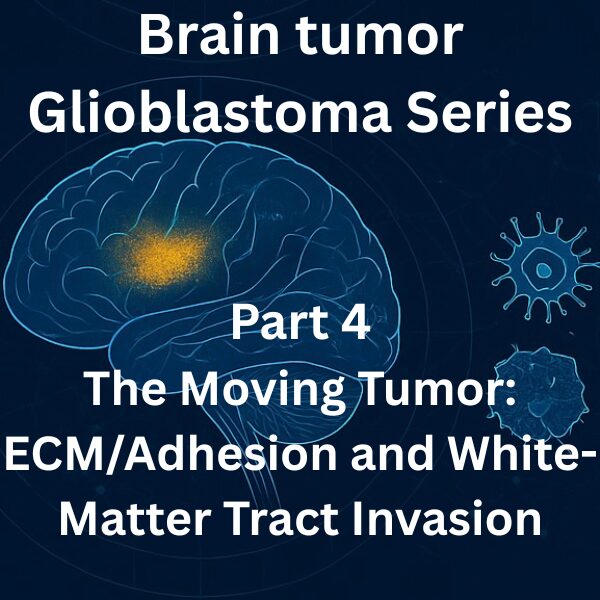
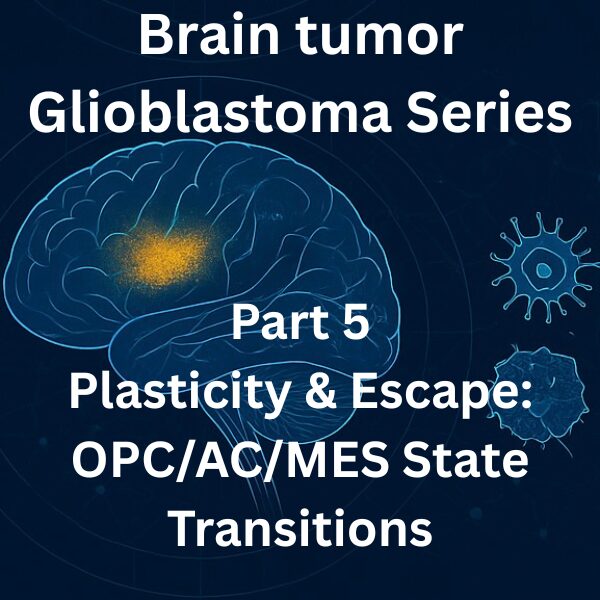
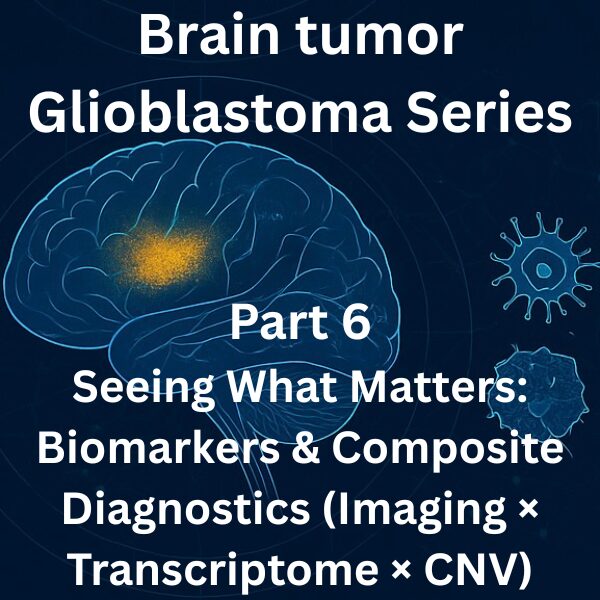
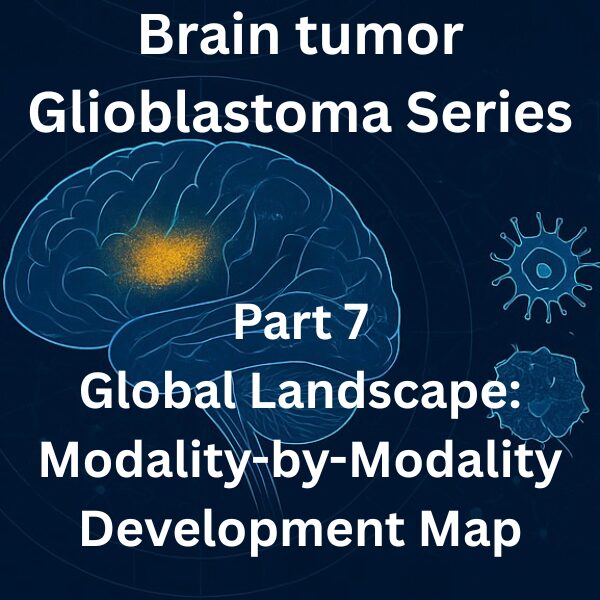
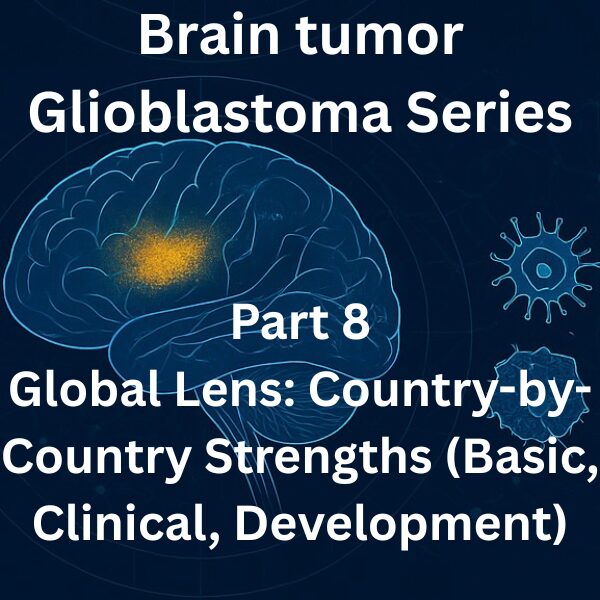
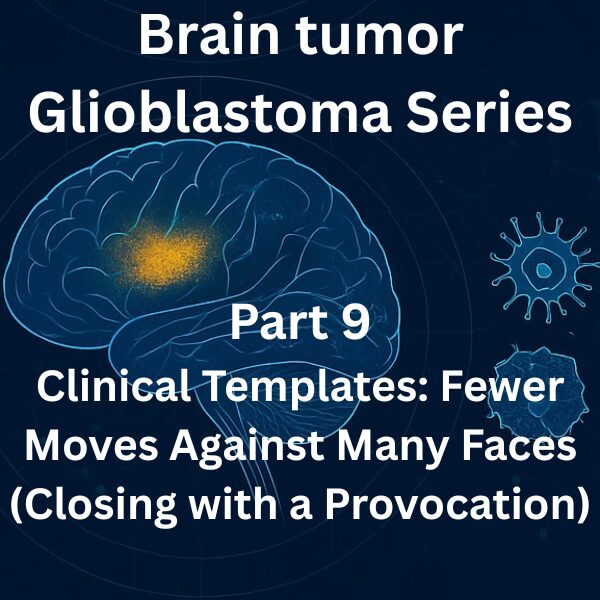


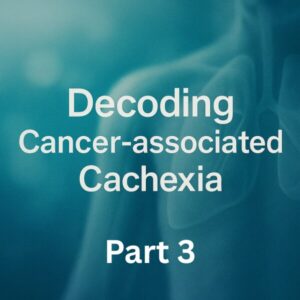
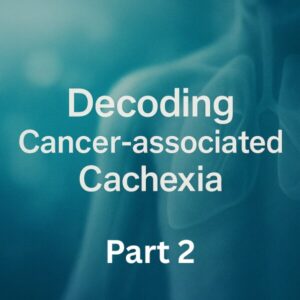
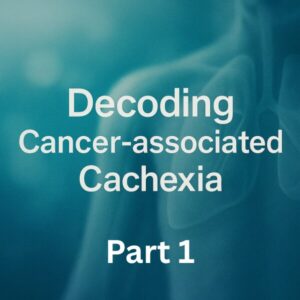

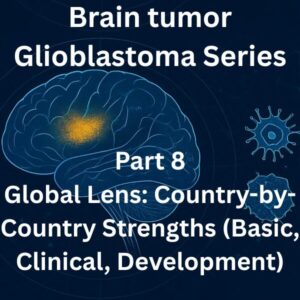
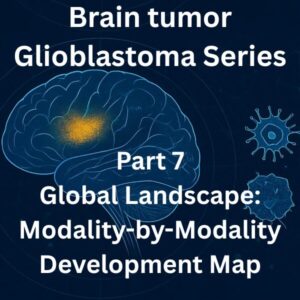
Comments